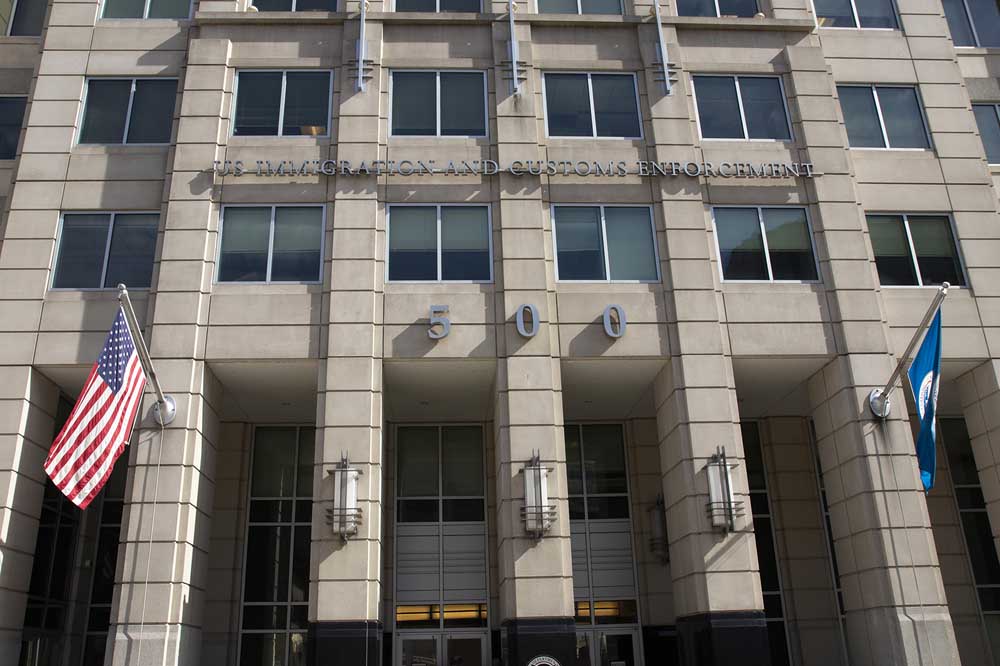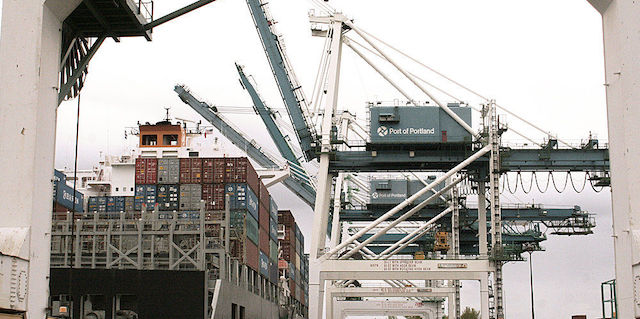Demographer: Trump immigration policies threaten families, economy
Published 9:30 am Monday, November 25, 2024

- U.S. Immigration and Customs Enforcement headquarters in Washington, D.C.
President-elect Donald Trump’s immigration policies will have significant social and economic impacts, according to immigrant advocacy groups.
Trump has promised to start his second term by carrying out the largest mass deportation operation in history, targeting millions of families and ending temporary legal protections, said Phillip Connor, senior demographer for Forward.us, a pro-immigrant nonprofit.
“Eliminating critical protections like Temporary Protected Status, Deferred Action for Childhood Arrivals, known as DACA, combined with the deportation of millions of other undocumented immigrants would devastate local economies and lead to significant job losses in the essential industries, such as healthcare, manufacturing and agriculture,” he said during a virtual news briefing hosted by America’s Voice, a nonprofit that supports immigration reform.
Separated families
A mass deportation plan is a mass family separation plan, he said.
“These proposals are an expansion of Trump’s heinous zero-tolerance policies that separated thousands of children from their families at the U.S.-Mexico border several years ago,” he said.
Forward.us calculated about 28 million individuals across the country are in mixed-status families or undocumented families. That includes over 20 million Latinos, or roughly 1 in 3 Latinos in the U.S., he said.
“These mass deportation plans … have family separation implications and will have severe economic implications, including at state and local government levels,” he said.
For example, states and localities would bear the costs of caring for U.S. citizen children when they are separated from undocumented parents, and the loss of an undocumented parent would significantly increase the number of U.S. citizen children living in poverty.
Job losses
“Most long-term undocumented immigrants have lived in the U.S. for decades and have contributed to the U.S. economy since they were in their early 20s,” he said.
If DACA recipients alone were forced to stop contributing the U.S. economy, there would be a loss of 440,000 direct jobs, including 37,000 healthcare professionals and as many as 51,000 jobs in manufacturing.
In addition, many DACA recipients are business owners. So if they are no longer able to work or are deported, as many as 168,000 U.S. jobs would be lost.
There are also economic impacts of restricting future immigration.
“The U.S. working-age population today is only growing through immigration. And if we return to the low levels of immigration seen during the first Trump administration, we would not see the growing workforce we need to sustain labor demands,” he said.
Labor force
Reducing immigration during the first Trump administration left a workforce that took several years to refill. Coming out of the pandemic exacerbated the labor shortages and contributed to rising inflation because of that tight labor market.
Looking just at 2040, moving back to lower immigration flows for the years ahead — as proposed in some of the future Trump administration’s plans — would lead to a per capita GDP of $80,000 in today’s dollars compared to a much higher $96,000 with the level of immigration needed to meet workforce demands of an aging population.
“All our communities and economy thrive when immigrants with deep ties to the U.S. can live and work with security and stability. Now is the time to pursue real policy solutions that address our immigration challenges without compromising our economy or betraying our nation’s core values,” he said.







